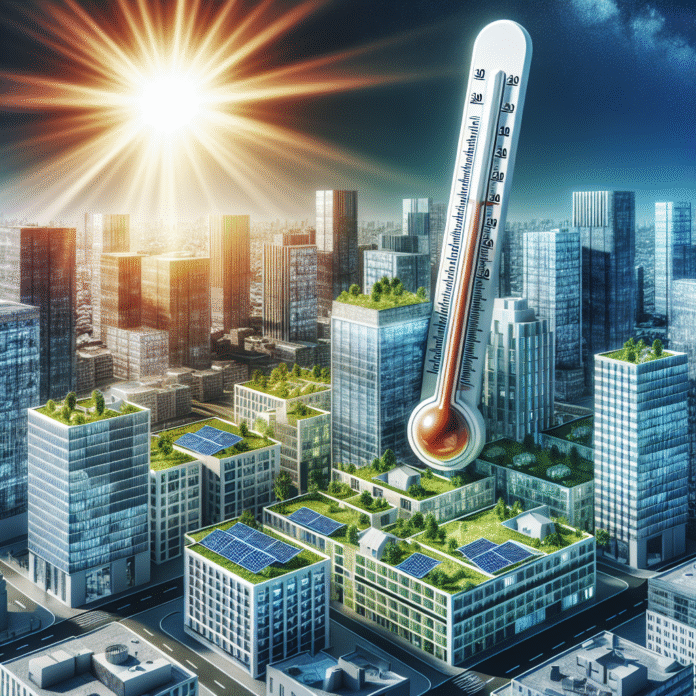UN Chief Heat Officer Warns Cities Becoming Ovens Due to Extreme Heat
Extreme Heat Turning Cities into ‘Ovens,’ Warns UN Chief Heat Officer
In a stark warning, the United Nations’ Chief Heat Officer has emphasized the alarming trend of extreme heat transforming urban areas into what can only be described as ‘ovens.’ This phenomenon poses a significant threat to public health, infrastructure, and overall quality of life in cities around the globe.
Rising Temperatures and Urban Heat Islands
As global temperatures continue to rise due to climate change, cities are experiencing intensified heat due to the urban heat island effect. This effect occurs when urban areas, with their concrete, asphalt, and limited vegetation, absorb and retain heat more than their rural counterparts. As a result, residents endure higher temperatures, especially during summer months, leading to increased energy consumption, health risks, and exacerbation of existing socio-economic inequalities.
Health Implications
The health implications of extreme heat are profound. Vulnerable populations, including the elderly, children, and those with pre-existing health conditions, are particularly at risk. Heat-related illnesses, such as heat exhaustion and heat stroke, are becoming more common. The UN Chief Heat Officer warned that without immediate and effective interventions, heat-related deaths could significantly increase, straining healthcare systems already under pressure.
Adaptation and Mitigation Strategies
To combat the escalating crisis, cities around the world are urged to adopt comprehensive adaptation and mitigation strategies. These include increasing green spaces through urban forestry and parks, implementing cool roofs and pavements, and enhancing public transportation systems to reduce reliance on cars. Additionally, cities can invest in heat alert systems to provide timely information to residents about extreme heat events.
Global Collaboration and Policy Action
The UN emphasizes the need for global collaboration and robust policy action. Countries must commit to reducing greenhouse gas emissions to mitigate the root causes of climate change. The establishment of heat action plans at the local level, alongside international agreements aimed at limiting global warming, are critical steps in addressing this urgent issue.
In conclusion, the alarming transformation of cities into ‘ovens’ due to extreme heat is a clarion call for action. By prioritizing sustainable urban planning, investing in green infrastructure, and fostering international cooperation, we can safeguard the health and well-being of urban populations against the perils of climate change.


